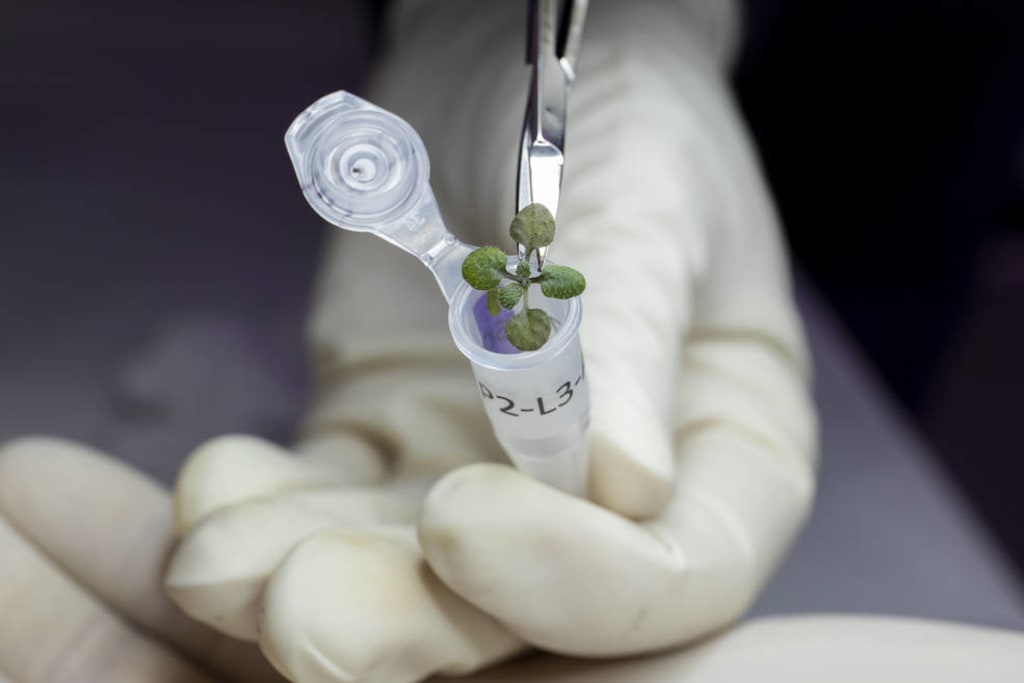Lunar Farming and Food Production
Cultivating Life Beyond Earth.

As humans venture towards establishing sustainable lunar settlements, the question of food production becomes a paramount concern. The possibility of growing crops or raising livestock on the moon opens up a realm of possibilities for sustaining future lunar inhabitants. In this article, we will explore the innovative techniques of lunar farming, such as hydroponics, aeroponics, and artificial light sources, and examine the challenges and benefits they present for the future of lunar settlers.
Traditional farming methods on Earth heavily rely on fertile soil and ample sunlight. However, the moon lacks both of these essential components for plant growth. Nevertheless, alternative cultivation techniques have emerged as promising solutions for lunar farming. Hydroponics, for instance, involves growing plants in nutrient-rich water solutions, without the need for soil. This method not only conserves water but also eliminates the need for transporting heavy soil from Earth. The controlled environment of hydroponics allows for optimized plant growth, reduced water consumption, and protection against lunar dust and extreme temperature fluctuations.
Aeroponics takes lunar farming a step further by suspending plant roots in a mist or air environment, providing essential nutrients and moisture directly to the roots. Similar to hydroponics, aeroponics eliminates the need for soil, conserves water, and allows for efficient space utilization. It also provides precise control over environmental factors, allowing plants to thrive in the challenging lunar conditions. These soilless cultivation methods enable lunar settlers to grow a variety of crops, including leafy greens, herbs, and even small fruits and vegetables.
Given the moon's lack of natural sunlight, artificial light sources become crucial for lunar farming. Light-emitting diodes (LEDs) have proven to be highly efficient and customizable for plant growth. By emitting specific wavelengths of light, LEDs can mimic the spectrum of sunlight required for photosynthesis. This means that lunar farms can be established in enclosed environments, such as habitats or dedicated farming modules, where artificial light sources provide the necessary illumination for plant growth. The ability to control the light spectrum and intensity allows for year-round crop production and optimal plant development, regardless of the lunar day-night cycle.
While lunar farming holds great potential, it also presents several challenges. The lunar environment is harsh, with extreme temperatures, high levels of radiation, and abrasive lunar regolith. Protective measures must be implemented to shield plants from these hazards. Lunar greenhouses or farming modules constructed with radiation-shielding materials can provide a safe and controlled environment for plant growth. Additionally, efficient temperature regulation systems and protective barriers against lunar dust are necessary for maintaining optimal growing conditions.
Another challenge is the availability of resources. Lunar farming would rely on a closed-loop system, where water, nutrients, and other essential resources are recycled and reused. Water, in particular, is a precious resource on the moon and must be conserved. Strategies such as water recycling, condensation collection, and utilization of water extracted from lunar ice deposits can help sustain lunar farming operations.
Despite these challenges, lunar farming offers numerous benefits for future lunar settlers. Firstly, it provides a sustainable source of fresh food, reducing reliance on Earth for supplies. This self-sufficiency contributes to the long-term viability of lunar settlements. Additionally, lunar farming has psychological benefits, as cultivating plants and engaging in horticultural activities can enhance the well-being and morale of lunar inhabitants. The presence of green spaces and living organisms can create a sense of connection and familiarity in an otherwise inhospitable environment.
Furthermore, the technologies developed for lunar farming have potential applications beyond the moon. The advancements in controlled environment agriculture, hydroponics, aeroponics, and artificial lighting systems can be transferred to terrestrial farming practices, contributing to sustainable agriculture on Earth. The knowledge gained from lunar farming can help address challenges such as limited arable land, water scarcity, and climate change impacts on food production.
In conclusion, lunar farming and food production hold promise for sustaining future lunar settlements. Through innovative techniques such as hydroponics, aeroponics, and artificial light sources, lunar settlers can cultivate crops and potentially raise livestock, providing a source of fresh food and enhancing the quality of life on the moon. While challenges exist, such as creating protected environments and ensuring resource sustainability, the benefits of lunar farming extend beyond the moon, inspiring advancements in sustainable agriculture practices on Earth. Lunar farming paves the way for a future where humans can thrive and cultivate life beyond our home planet.
About the Creator
Enjoyed the story? Support the Creator.
Subscribe for free to receive all their stories in your feed. You could also pledge your support or give them a one-off tip, letting them know you appreciate their work.





Comments
There are no comments for this story
Be the first to respond and start the conversation.